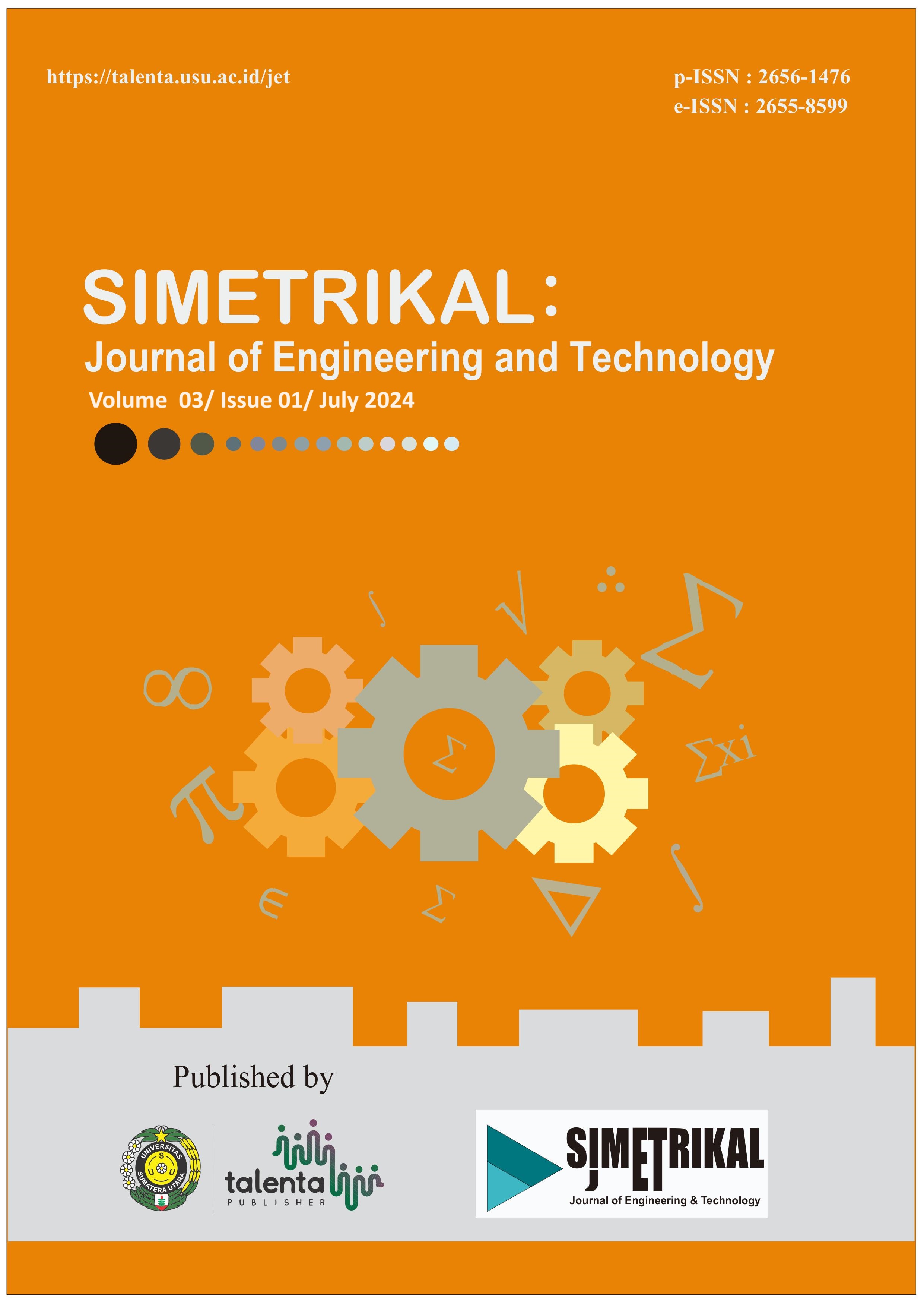Analysis of the Storage of Solid Medical Hazardous and Toxic Waste (B3) in Enhancing the Performance of Type C Hospitals: A Case Study at Universitas Sumatera Utara Hospital
DOI:
https://doi.org/10.32734/jet.v3i1.13485Keywords:
Efficiency, Hazardous and Toxic, Management, Universitas Sumatera Utara Hospital, WasteAbstract
The Universitas Sumatera Utara Hospital’s waste management system, based on Regulation 56 of 2015, has been criticized for unsanitary conditions and lack of proper waste labeling. A study focusing on three locations revealed that the majority of B3 waste originates from infectious properties and sharp objects. The hospital's waste management involves segregating waste based on its characteristics, using appropriate containers, and transporting it to the B3 waste Temporary Storage for storage. The hospital is implementing a multi-stage approach to manage B3 waste, including sorting, containerization, internal transportation, and storage. The waste is segregated and contained within designated containers, transported daily using trolleys or wheeled containers, stored in facilities shielded from direct sunlight, and designed to prevent access by animals, insects, and birds. Regular cleaning is also essential. The hospital aims to improve waste management efficiency by implementing proper waste disposal, packaging, and transportation.
Downloads
Downloads
Published
How to Cite
Issue
Section
License
Copyright (c) 2024 Simetrikal: Journal of Engineering and Technology

This work is licensed under a Creative Commons Attribution-ShareAlike 4.0 International License.




